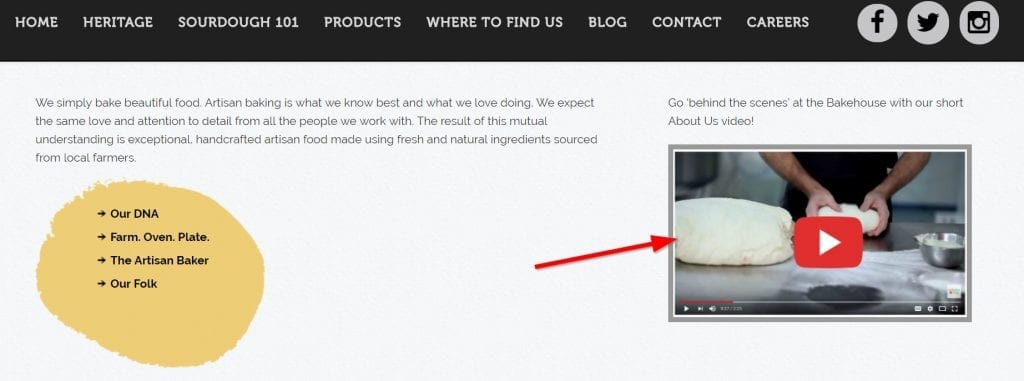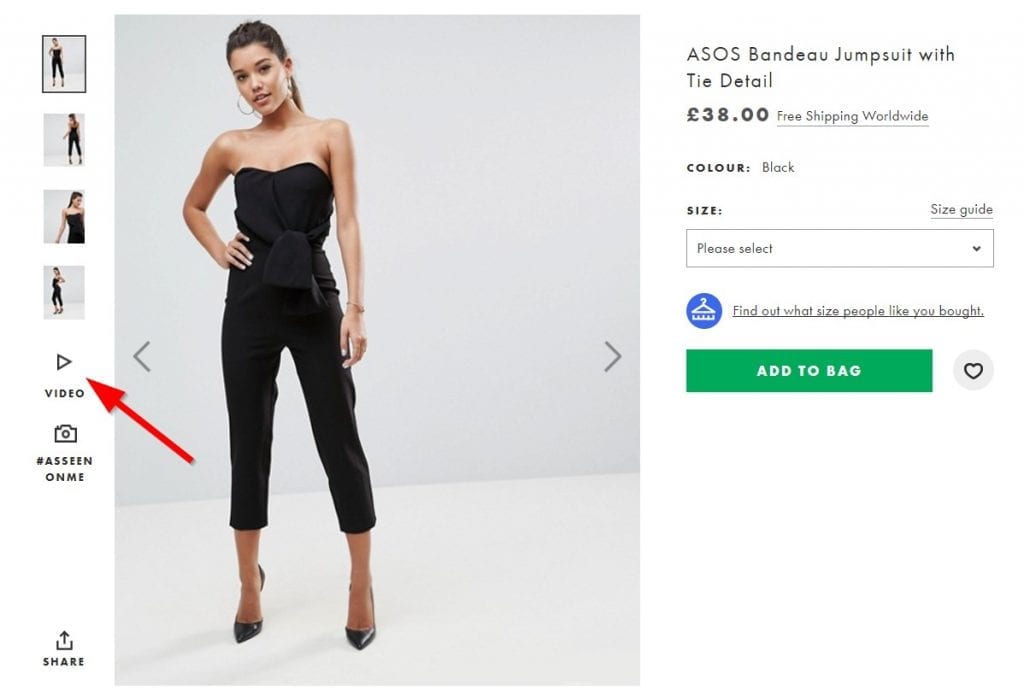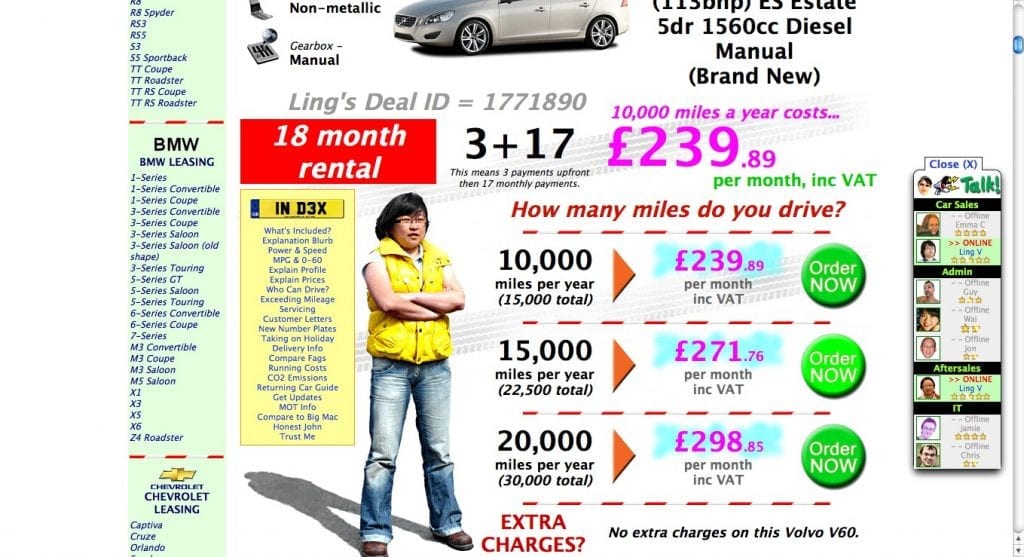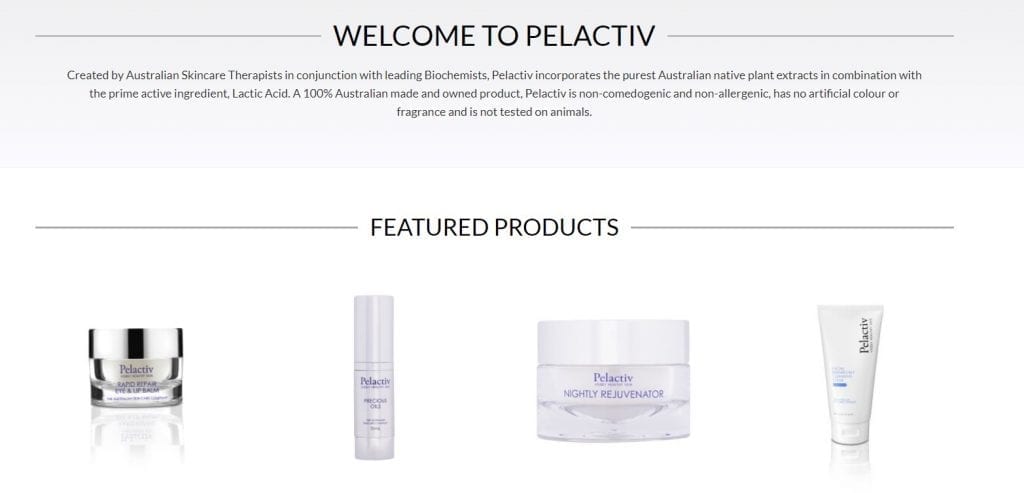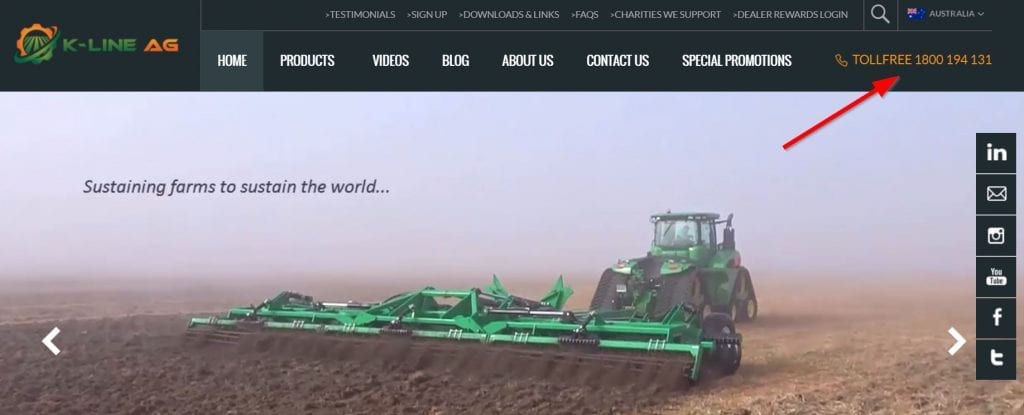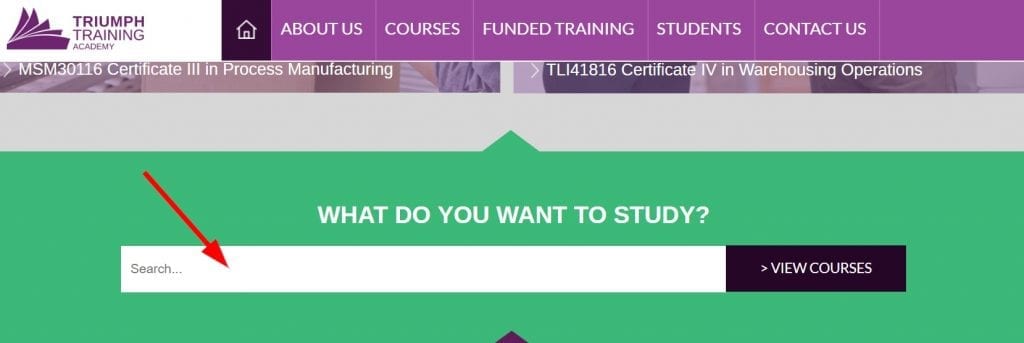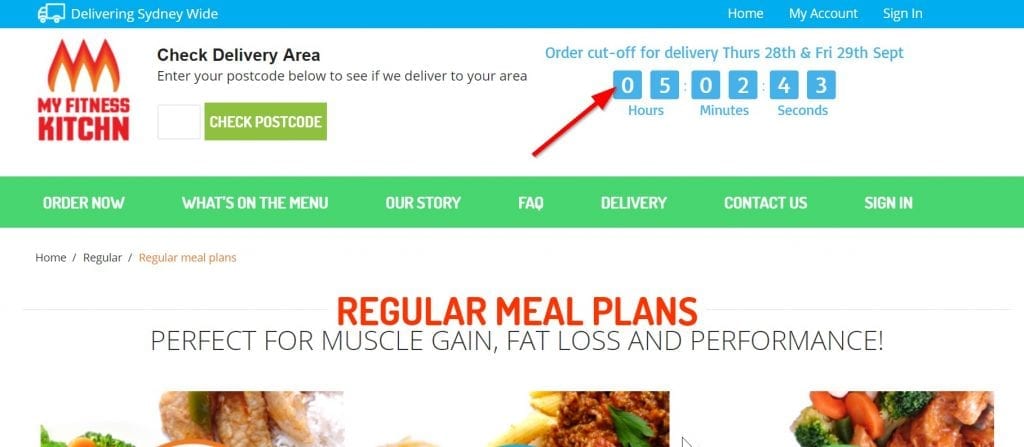But apart from this, countdown timers are also often used on product pages or landing pages. For example, if you’re running Google or Facebook ads that lead your shopper to a specific landing page within your website, one effective way of getting their buy in is to bait them with a special, once-off offer, plus a countdown timer notifying them that they can only get this offer if they make payment within the next 15 minutes.
Countdown timers can also be used to reduce cart abandonment. For example, once your shopper reaches the checkout page, highlight that the free shipping you’re offering is only valid if your customer checks out within 15 minutes (and throw in the countdown timer there so that your customer can see the time ticking away). This will help you increase your conversion rates significantly!
IMPROVING CONVERSION RATES: A FINAL WORD
Whilst the eCommerce industry is growing, it’s also becoming extremely competitive. In the past, you’d be able to skate by with a decent-looking website and products which are of reasonable quality, but these two elements aren’t enough (not by a long shot!) for eCommerce stores to survive today.
Whilst we’ve listed some of the best practices in eCommerce website design in this article, this is by no means an exhaustive list, and results may also differ from store to store. Instead of taking these tips at face value, be sure to A/B test them for yourself, and measure and track the results, so that you can subsequently fine-tune your efforts. With each tweak that you make, you’re one step closer to increasing your conversion rates, as well as your revenue.
PS: Need some help with re-designing your website? Contact us and we’ll audit your existing site, and provide you with a free, no obligations quote.
Some Australian Small Businesses that have chosen Quikclicks to help increase their online leads and conversions are below:






